Moving to a new country is both exciting and challenging. For those relocating to Mexico or already living here, understanding and embracing the local culture not only eases the transition but also enriches your overall experience. Cultural immersion is more than just learning a few Spanish phrases or trying local cuisine, it’s about connecting with the heart and soul of Mexico’s rich heritage and contemporary lifestyle. This article explores meaningful ways to immerse yourself in Mexican culture, helping you build connections and feel at home in your new surroundings.
Before diving into specific strategies, it’s worth understanding why cultural immersion is so important. Mexico’s culture is deep, diverse, and differs significantly from other North American countries. Taking time to understand and appreciate these differences:
-
- Reduces culture shock and feelings of isolation.
- Builds meaningful connections with locals.
- Shows respect for your host country.
- Opens doors to unique experiences not available to tourists.
- Enhances your quality of life and sense of belonging.
With that in mind, let’s explore practical ways to connect with Mexican culture and make your transition smoother and more fulfilling.
Embrace the Spanish Language Journey
Learning Spanish is perhaps the most fundamental step toward cultural immersion in Mexico. While English is spoken in tourist areas and among certain professionals, daily life happens in Spanish.
Start Before You Move
Begin learning basic Spanish at least 6 to 12 months before relocating. Focus on practical phrases related to:
-
- Greetings and introductions.
- Shopping and transactions.
- Directions and transportation.
- Emergency situations.
- Food and dining.
Immersive Learning After Arrival
Once in Mexico, accelerate your learning through:
-
- Language exchange meetups: Many cities have language exchange groups where you can practice Spanish with locals who want to improve their English.
- Formal classes: Consider enrolling in Spanish courses at local language schools, cultural centers, or universities.
- Daily practice: Challenge yourself to have at least one conversation in Spanish each day, whether ordering coffee or chatting with neighbors.
- Language apps with Mexican Spanish focus: Apps like Duolingo, Babbel, or specialized Mexican Spanish courses can supplement your learning.
Cultural Nuances in Language
Mexican Spanish has unique expressions, slang and regional variations. Learning these helps you connect on a deeper level:
-
- Familiarize yourself with common Mexican expressions like “¿Qué onda?” (What’s up?) or “¡Órale!” (expressions of excitement or encouragement).
- Learn polite forms of address, which are important in Mexican culture.
- Understand that different regions have different accents and expressions.
Remember that Mexicans generally appreciate any effort to speak their language, so don’t be afraid to make mistakes. Your willingness to learn speaks volumes about your respect for the culture.
Connect Through Mexican Cuisine
Mexican food is one of the country’s greatest cultural treasures, recognized by UNESCO. Food in Mexico is not just sustenance; it’s a gateway to understanding history, geography, and social customs.
Move Beyond Tourist Food
While tacos and enchiladas are delicious, authentic Mexican cuisine is vastly more diverse:
-
- Explore regional specialties: Yucatecan cochinita pibil, Oaxacan mole, Pueblan chiles en nogada.
- Visit local markets rather than supermarkets when possible.
- Try street food where locals eat (using proper food safety judgment).
- Sample lesser-known dishes like tlacoyos, panuchos, or pozole.
Participate in Food Culture
-
- Take a cooking class: Many communities offer classes where you can learn traditional recipes and techniques.
- Shop at tianguis (weekly markets): These are not just for buying food but are social events where you can observe seasonal ingredients and local preferences.
- Understand meal timing: Embrace the Mexican schedule, where the main meal (comida) happens between 2-4 pm, with a lighter dinner (cena) in the evening.
- Learn about traditional ingredients: Familiarize yourself with ingredients like epazote, hoja santa, and different varieties of chiles that form the foundation of Mexican cooking.
Respect Food Rituals
-
- Observe how holidays are celebrated with specific foods (like Día de Muertos with pan de muerto or Christmas with bacalao).
- Understand the importance of certain meals like Sunday family dinner.
- Learn proper etiquette when invited to someone’s home for a meal.
The shared experience of food often leads to conversations and relationships that might otherwise be difficult to develop as a newcomer.
Participate in Local Festivities and Traditions
Mexico’s calendar is filled with celebrations that offer windows into the country’s soul, blending indigenous traditions, Catholicism, and modern cultural expressions.
Major National Celebrations
-
- Independence Day (September 16): Experience the “Grito de Dolores” ceremony and subsequent celebrations.
- Day of the Dead (November 1-2): Participate respectfully in this profound celebration honoring deceased loved ones.
- Día de la Virgen de Guadalupe (December 12): Witness the pilgrimages and celebrations honoring Mexico’s patron saint.
- Guelaguetza (July, Oaxaca): If living in Oaxaca, this indigenous cultural festival showcases the region’s diversity.
Local Fiestas Patronales
Almost every town and neighborhood celebrates its patron saint with a fiesta patronal. These local celebrations often include:
-
- Religious processions.
- Traditional dances.
- Special foods.
- Amusement rides and games.
- Fireworks and music.
Attending these events provides insight into community values and offers opportunities to meet locals outside typical expatriate circles.
Respectful Participation
When participating in celebrations:
-
- Learn about their significance beforehand.
- Ask questions respectfully.
- Follow local customs regarding appropriate behavior.
- Participate where welcomed but observe from a distance when appropriate.
- Avoid treating sacred or meaningful events as tourist spectacles.
Many foreigners find that joining in local traditions helps them feel connected to their new community and provides structure to the year through seasonal celebrations.
Develop Relationships with Mexican Neighbors and Colleagues
Building genuine relationships with Mexicans is perhaps the most rewarding, and sometimes challenging, aspect of cultural immersion. These connections provide authentic cultural insights that no guidebook can offer.
Understanding Mexican Social Dynamics
-
- Family centrality: Recognize that family often takes precedence over other commitments in Mexican culture.
- Relationship-focused business: Business and personal relationships overlap more than in some countries.
- Indirect communication: Sometimes what isn’t said is as important as what is said.
- Concepts of time: Social gatherings may start later than the stated time, and events often flow more organically rather than adhering to strict schedules.
Building Connections
-
- Be neighborly: Introduce yourself to neighbors and participate in neighborhood events.
- Accept invitations: When Mexicans invite you to family gatherings, it’s usually a genuine gesture of inclusion.
- Reciprocate hospitality: Host gatherings and invite your Mexican friends and colleagues.
- Join community activities: Sports clubs, volunteer organizations, and hobby groups are excellent places to meet locals with shared interests.
- Connect through children: If you have children, school events and activities can be natural points of connection with Mexican families.
Navigating Cultural Differences
-
- Express interest: Ask questions about customs, history, and traditions to show you value Mexican culture.
- Practice patience: Building deep relationships takes time in any culture.
- Accept correction graciously: If you make a cultural misstep, view it as a learning opportunity.
- Avoid comparisons: Statements like “In my country, we do it better” create barriers rather than bridges.
Many foreigners report that their Mexican relationships become the anchor that makes Mexico feel like home, so investing time in these connections pays dividends in cultural adaptation.
Explore the Arts and Crafts of Mexico
Mexico’s artistic heritage is among the world’s richest and most diverse. Engaging with Mexican arts and crafts connects you with centuries of tradition and contemporary creative expression.
Visual Arts
-
- Visit Mexico’s world-class museums like Museo Nacional de Antropología, Frida Kahlo Museum, or Museo Soumaya.
- Explore smaller regional museums that focus on local art movements.
- Attend gallery openings in arts districts like Mexico City’s Roma and Condesa neighborhoods.
- Learn about influential Mexican artists beyond the well-known Frida Kahlo and Diego Rivera.
Traditional Crafts
Mexico’s artisanal traditions vary by region, with each area specializing in particular crafts:
-
- Oaxacan black pottery and colorful alebrijes (carved wooden figures).
- Talavera ceramics from Puebla.
- Textiles from Chiapas.
- Silver work from Taxco.
- Huichol beadwork and yarn paintings.
- Copper vessels from Michoacán.
Participatory Experiences
-
- Take a workshop: Many artisans offer classes where you can learn techniques like pottery, weaving, or papel picado (decorative paper cutting).
- Attend cultural performances: Experience traditional dance, music, or theatrical performances.
- Visit artisan communities: Travel to villages known for specific crafts to see production methods firsthand.
- Support local artists: Purchase directly from creators when possible rather than through intermediaries.
Understanding the stories behind Mexican arts and crafts enriches your appreciation and helps preserve these traditions for future generations. It also provides conversation topics when meeting new people.
Adapt to Mexican Social Etiquette and Customs
Cultural immersion involves understanding and adapting to social norms that may differ significantly from those in your home country. Mastering Mexican social etiquette helps avoid misunderstandings and shows respect for local customs.
Greeting Customs
-
- Physical contact: Embrace the customary kiss on the cheek for women greeting women or men greeting women (in social settings), and handshakes between men.
- Formal address: Use titles like “Licenciado” (for professionals with degrees), “Doctor,” “Profesor,” or “Ingeniero” when appropriate.
- Usted vs. tú: Learn when to use the formal “usted” versus the familiar “tú” form of address.
Visiting Homes
-
- Arrive with a small gift when invited to someone’s home.
- Understand that invitations to “drop by anytime” are usually genuine.
- Expect to be offered food or drink, which should generally be accepted.
- Compliment the host’s home and food.
- Understand that departure rituals can be extended, like the Mexican “despedida” (goodbye) process often takes time.
Business and Professional Settings
-
- Relationship building: Expect to develop personal rapport before conducting business.
- Hierarchy awareness: Respect organizational structures and seniority.
- Meeting customs: Meetings may not always start precisely on time, but tardiness should not be excessive.
- Business cards: Exchange cards with both hands as a sign of respect.
Public Behavior
-
- Queue etiquette: In some regions, forming lines may be looser than in other countries.
- Public transportation: Offer seats to elderly, pregnant women, and those with children.
- Volume levels: Some public settings may be louder than you’re accustomed to.
Understanding and adapting to these social norms helps you navigate daily interactions more smoothly and builds rapport with Mexican acquaintances.
Engage with Mexican Media and Entertainment
Consuming Mexican media provides valuable insights into contemporary culture, current events, colloquial language, and social issues. It’s also an enjoyable way to improve your Spanish comprehension.
Television and Streaming
-
- Telenovelas: While sometimes melodramatic, these popular soap operas reflect cultural values and use everyday language.
- News programs: Watching local news helps you understand regional concerns and improves listening comprehension.
- Mexican cinema: Explore works by acclaimed directors like Alfonso Cuarón, Guillermo del Toro, and Alejandro González Iñárritu, as well as classic Mexican films.
- Streaming content: Platforms like Netflix and Prime Video, among others, offer Mexican series that provide cultural context and contemporary language usage.
Radio and Podcasts
-
- Music stations: Listen to various genres from regional Mexican music to rock and pop in Spanish.
- Talk radio: Morning shows often discuss current events with a cultural perspective.
- Mexican podcasts: Find programs about history, current affairs, or entertainment that interest you.
Print and Digital Media
-
- Local newspapers: Subscribe to a local paper (print or digital) to follow community events.
- Mexican literature: Read works by Mexican authors like Octavio Paz, Juan Rulfo, or contemporary writers.
- Social media: Follow Mexican influencers, news outlets, and cultural institutions.
Live Entertainment
-
- Music concerts: Experience diverse genres from mariachi to electronic music.
- Theater productions: Attend Spanish-language plays when possible.
- Comedy shows: Comedy often reveals cultural nuances and current social commentary.
Engaging with Mexican media not only improves language skills but also provides conversation topics when socializing with Mexican friends and neighbors.
Understand Mexico’s History and Regional Diversity
Mexico’s present cannot be fully appreciated without understanding its past. The country’s rich history, which spans pre-Hispanic civilizations, colonialism, independence, revolution, and modern development, shapes contemporary attitudes, politics, and culture.
Historical Knowledge
-
- Pre-Hispanic civilizations: Learn about the Maya, Aztec, Olmec, Zapotec, and other indigenous cultures that flourished before European contact.
- Colonial period: Understand how 300 years of Spanish rule transformed the region.
- Independence and revolution: Study the movements that shaped modern Mexico, including the Mexican Revolution (1910-1920).
- Modern history: Familiarize yourself with 20th and 21st century developments that influence current Mexican society.
Regional Diversity
Mexico is not culturally monolithic and comprises diverse regions with distinct identities:
-
- Northern Mexico: More influenced by U.S. proximity, with strong ranching traditions.
- Central Mexico: The historical and political center, with strong indigenous and colonial heritage.
- Gulf Coast: Influenced by Caribbean and African traditions.
- Yucatán Peninsula: Maya culture remains particularly influential.
- Pacific Coast: Diverse coastal cultures with unique cuisines and traditions.
- Southern Mexico: States like Oaxaca and Chiapas with strong indigenous presence.
Learning Resources
-
- Visit archaeological sites and historical museums.
- Take historical walking tours of your city or region.
- Read about Mexican history from Mexican perspectives.
- Discuss historical events respectfully with Mexican friends.
- Explore regional differences through travel within Mexico.
Understanding historical context helps you appreciate cultural references, political discussions, and even architectural styles you’ll encounter daily in Mexico.
Adapt to Mexican Communication Styles and Values
Effective cultural immersion requires understanding both explicit and implicit communication patterns in Mexican culture. These patterns reflect deeper cultural values that may differ from those in your home country.
Communication Characteristics
-
- Indirect communication: Mexicans often communicate indirectly to preserve harmony and avoid confrontation. Listen for subtle cues rather than expecting direct refusals.
- Personal space: Physical proximity during conversation is typically closer than in some cultures.
- Emotional expressiveness: Communication often includes more emotional content and expressive body language.
- Formality and respect: Appropriate formality, especially with elders and authority figures, remains important.
Core Cultural Values
Understanding these values helps interpret communication and behavior:
-
- Familismo: The primacy of family connections and obligations.
- Personalismo: Emphasis on personal relationships over institutional relationships.
- Respeto: Respect based on age, authority, and social position.
- Simpatía: Maintaining harmony and avoiding conflict.
- Confianza: Developing deep trust and intimacy in relationships.
Practical Applications
-
- Be patient when building relationships since trust develops gradually.
- Understand that “maybe” or “we’ll see” might tactfully mean “no”.
- Appreciate that scheduled times may be treated as approximate rather than exact.
- Recognize that business discussions often begin with personal conversation.
- Learn to “read between the lines” in professional and social contexts.
- Understand when silence conveys meaning.
Adapting to these communication patterns requires time and observation, but doing so significantly enhances your ability to navigate Mexican social environments successfully.
Give Back to Your Mexican Community
True cultural immersion involves becoming an active, contributing member of your new community. Finding ways to give back not only helps you integrate but also demonstrates respect and appreciation for your host country.
Volunteer Opportunities
-
- Educational programs: Teach English or other skills at local schools or community centers.
- Environmental initiatives: Join beach cleanups, reforestation efforts, or urban beautification projects.
- Animal welfare: Support local animal rescue organizations, which often need volunteers.
- Cultural preservation: Assist with efforts to document and preserve local traditions and languages.
- Social services: Contribute to organizations serving vulnerable populations.
Community Participation
-
- Attend neighborhood assemblies or meetings.
- Join local improvement committees.
- Support community celebrations and fundraisers.
- Patronize local businesses rather than international chains.
- Share your own skills and knowledge when appropriate and requested.
Responsible Integration
-
- Be mindful of gentrification issues in your area.
- Pay fair wages to household staff if you employ them.
- Learn about local environmental and social challenges.
- Respect local regulations and customs.
- Be conscious of your impact as a foreigner.
Many foreigners report that community involvement accelerates cultural integration and provides a sense of purpose and belonging that enriches their experience in Mexico.
Conclusion
Cultural immersion is not a destination but a continuous life-long journey. Even long-term foreigners in Mexico continue to discover new aspects of the culture and deepen their understanding over time. The most rewarding aspects of living in Mexico often emerge from this ongoing process of learning, adapting, and connecting.
Remember that cultural immersion doesn’t mean abandoning your own cultural identity, but it means adding new dimensions to it. The goal is to develop a bicultural perspective that appreciates both your native culture and your adopted Mexican home.
By embracing language learning, exploring culinary traditions, participating in celebrations, building relationships, engaging with arts and media, understanding history, adapting to communication styles, and contributing to your community, you create a foundation for a fulfilling and integrated life in Mexico.
The effort you invest in cultural immersion will be returned many times over in the richness it brings to your experience. As a Mexican saying goes: “El que busca, encuentra” (He who seeks, finds). Your journey of cultural discovery in Mexico awaits.
Please feel free to leave us a comment below about your personal experiences with cultural immersion in Mexico, whether it’s your favorite local festivals, meaningful interactions with residents, language learning adventures, or hidden gems you discovered during your travels. We would love to hear from you! Additionally, if you found this article helpful, consider sharing it with others who might benefit from it. A quick share goes a long way in helping others discover useful information!

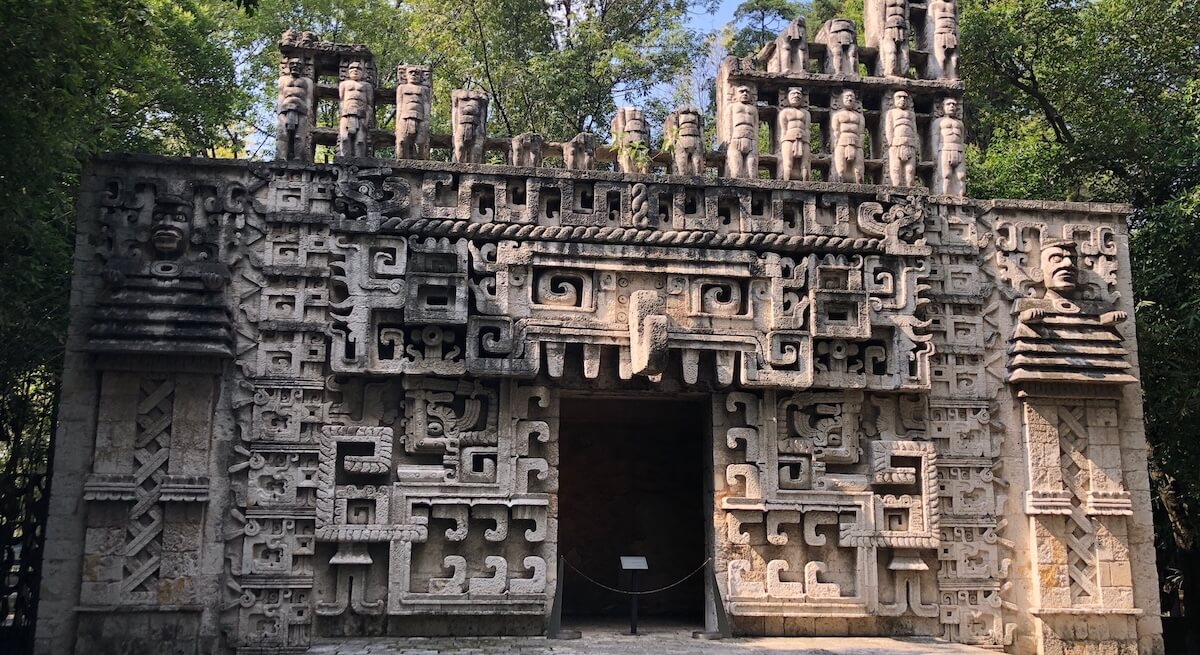
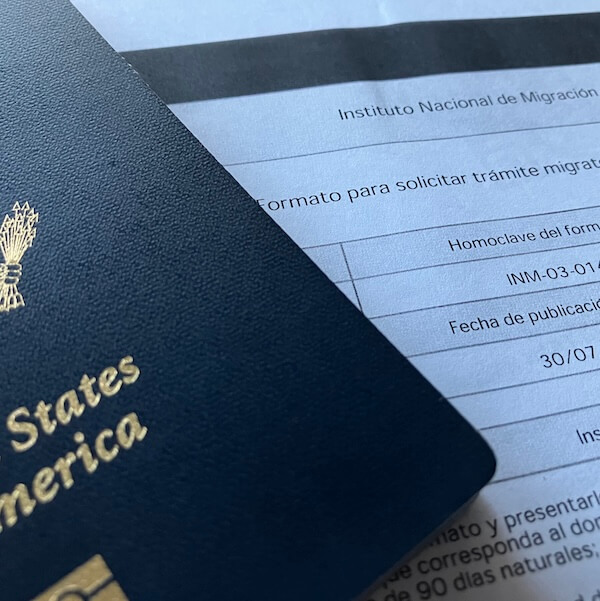
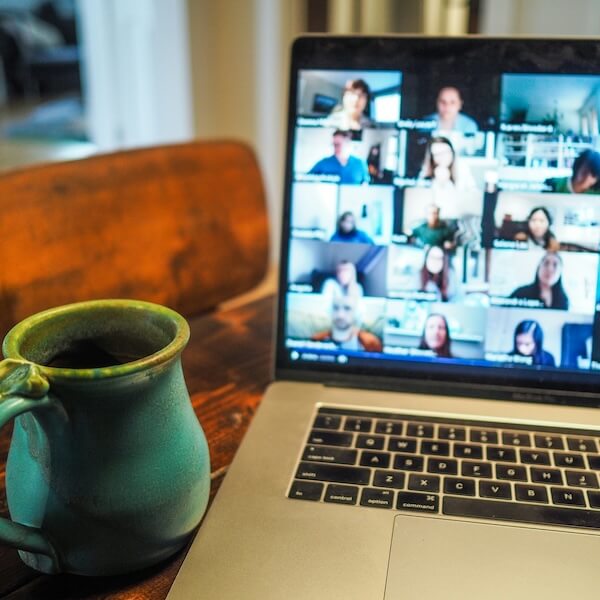
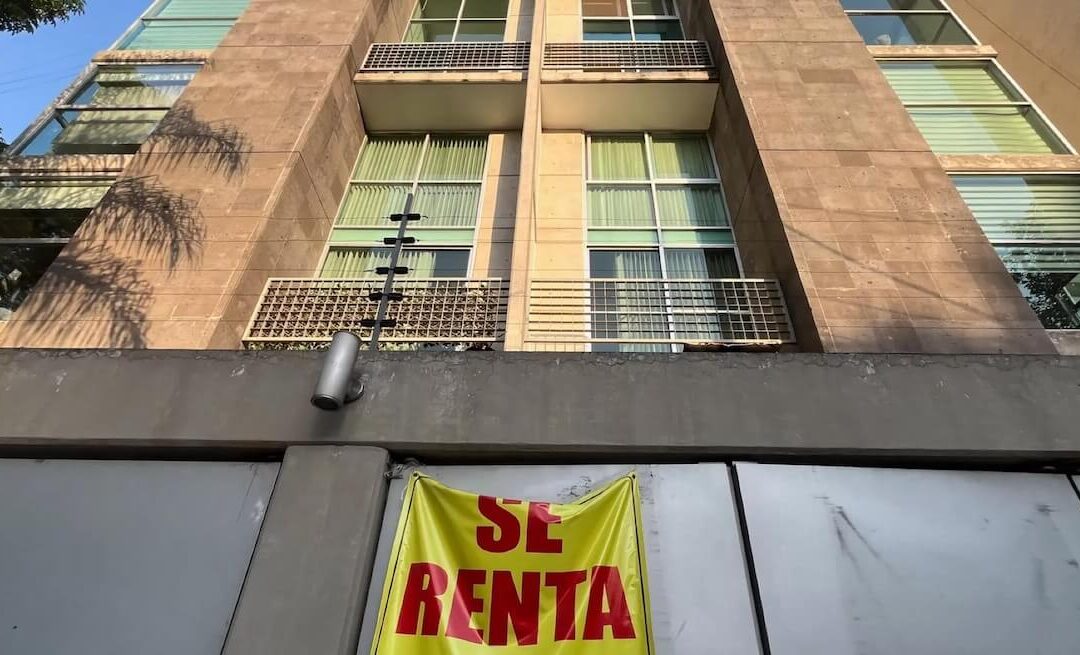
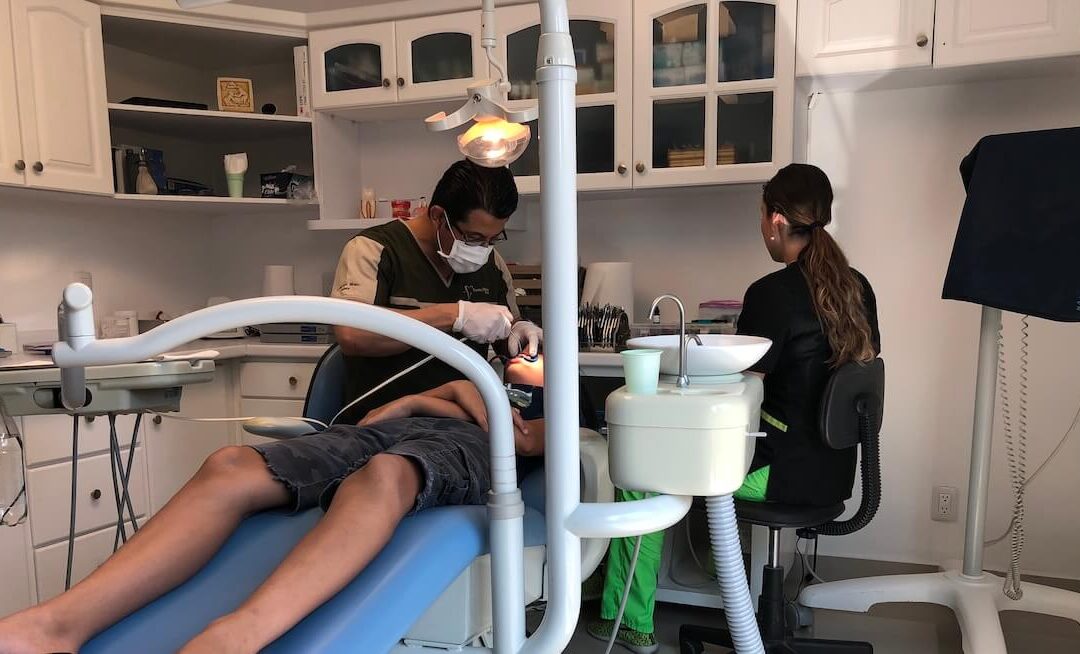
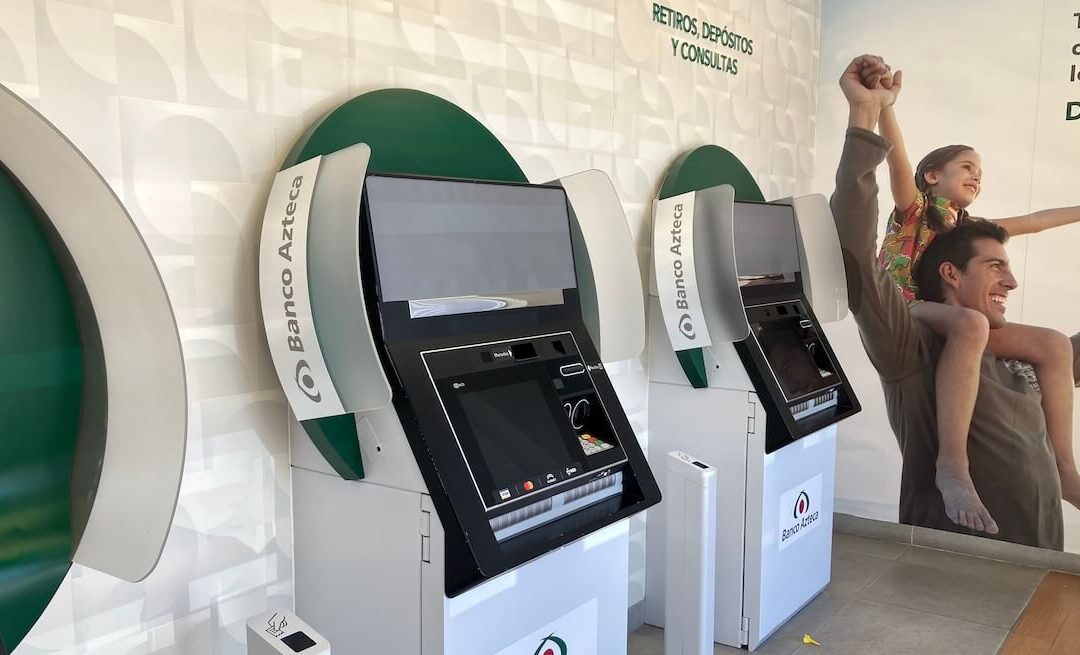
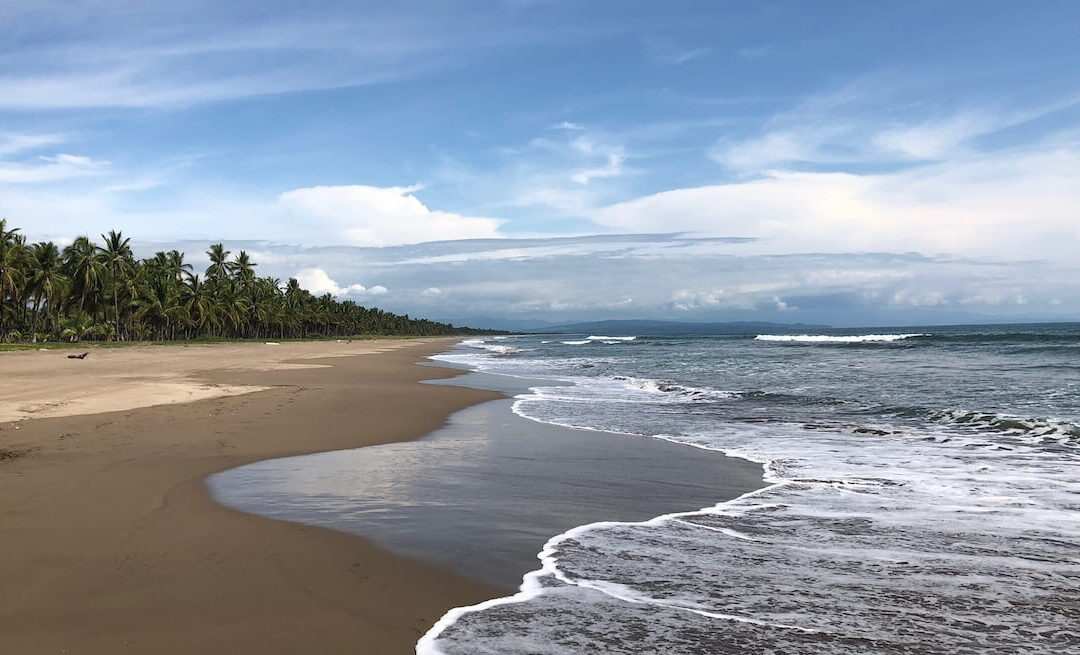
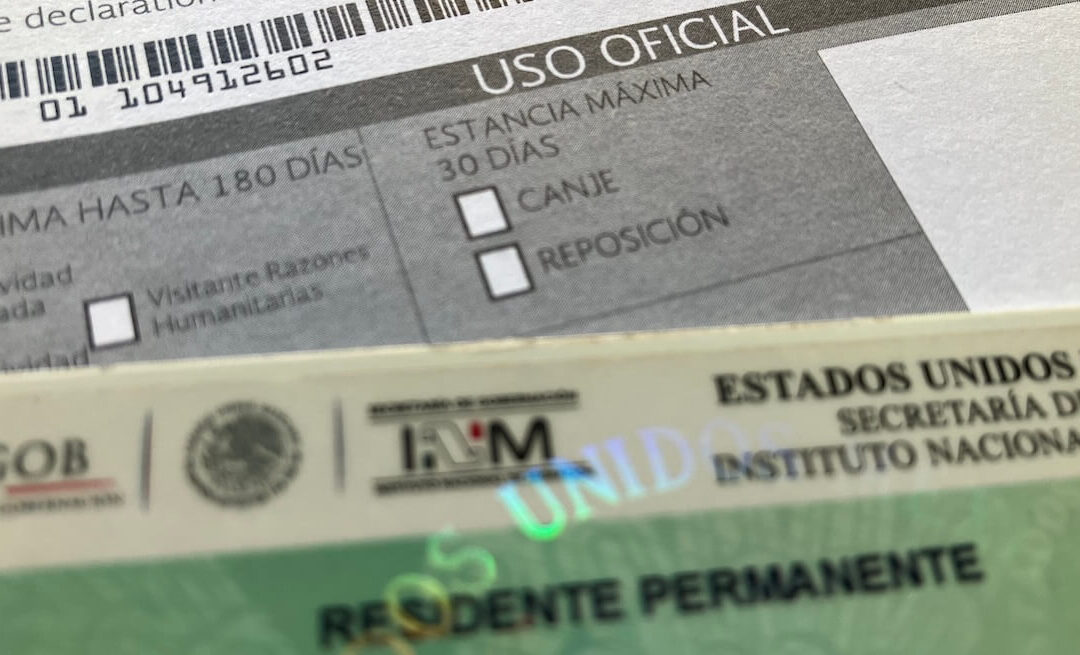
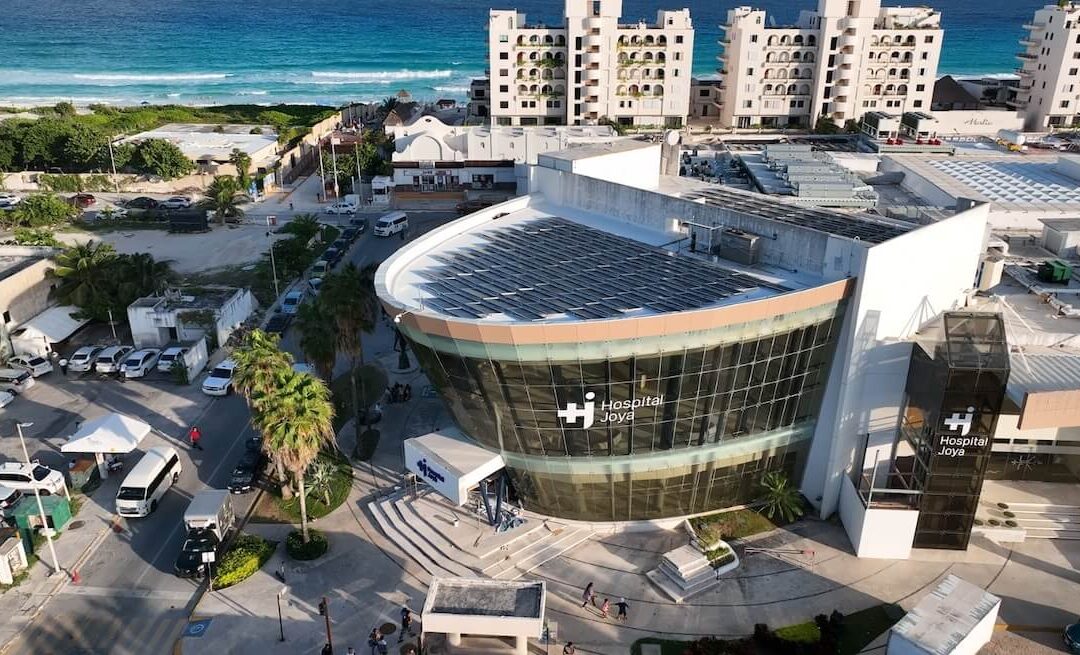
0 Comments